Concept car or Mars lunar rover? You decide.
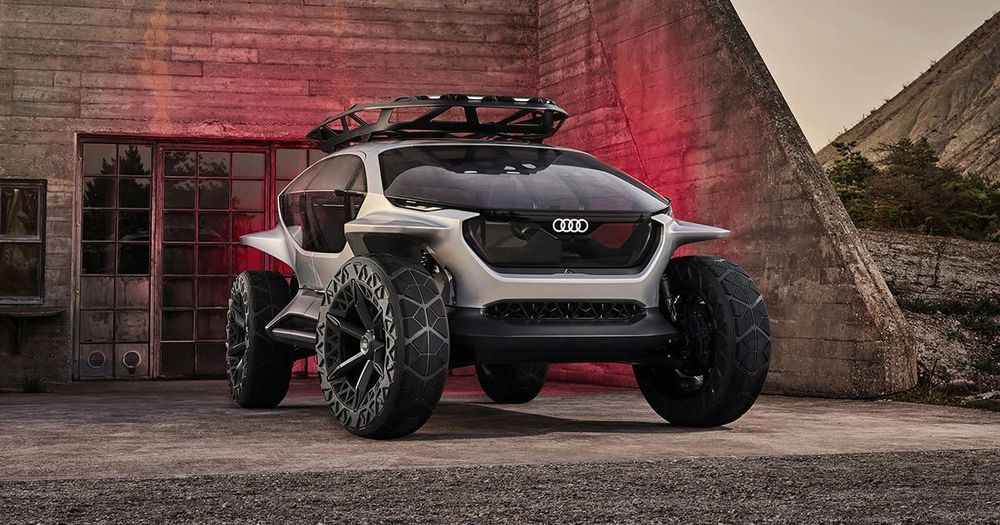

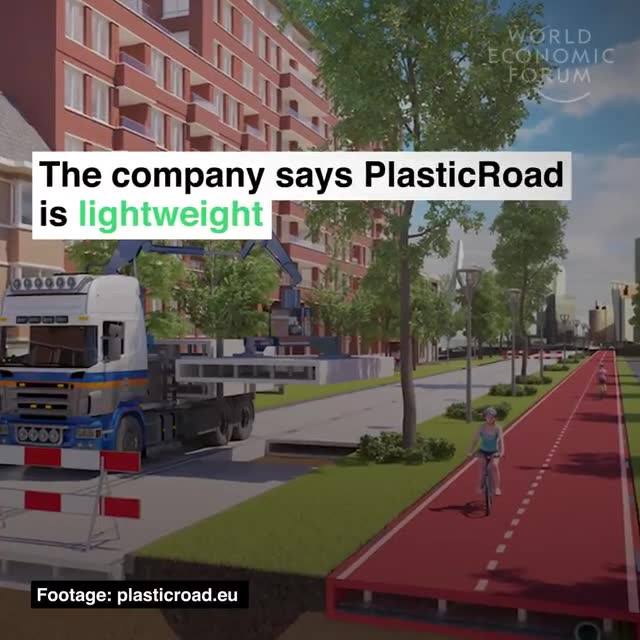
The Netherlands is building roads out of plastic waste. Take a journey down the plastic highway 😍😍.
The Netherlands is building roads out of plastic waste. Take a journey down the plastic highway 😍 😍
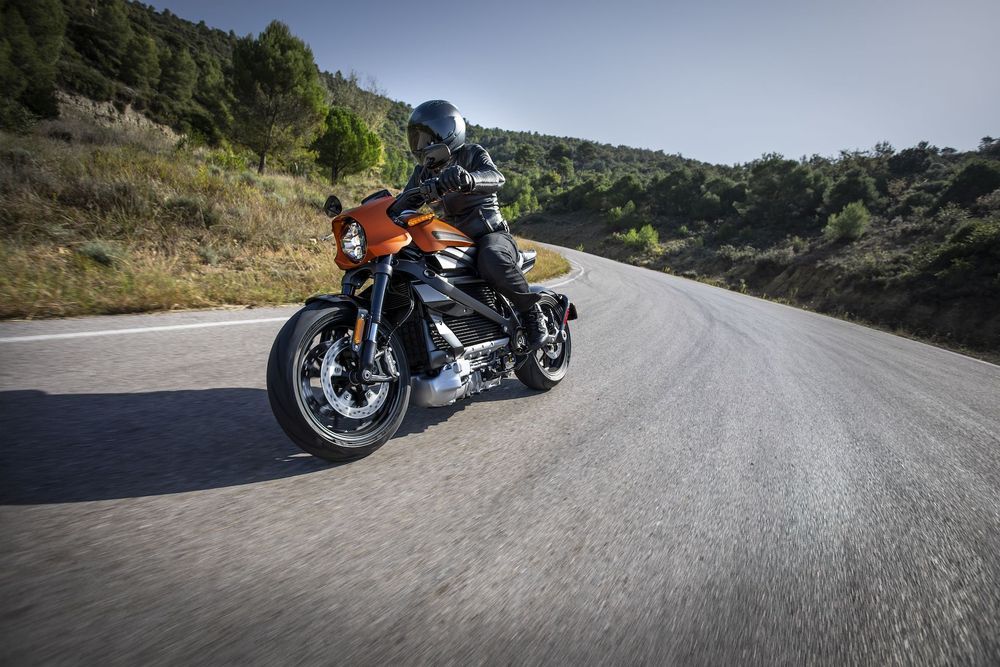
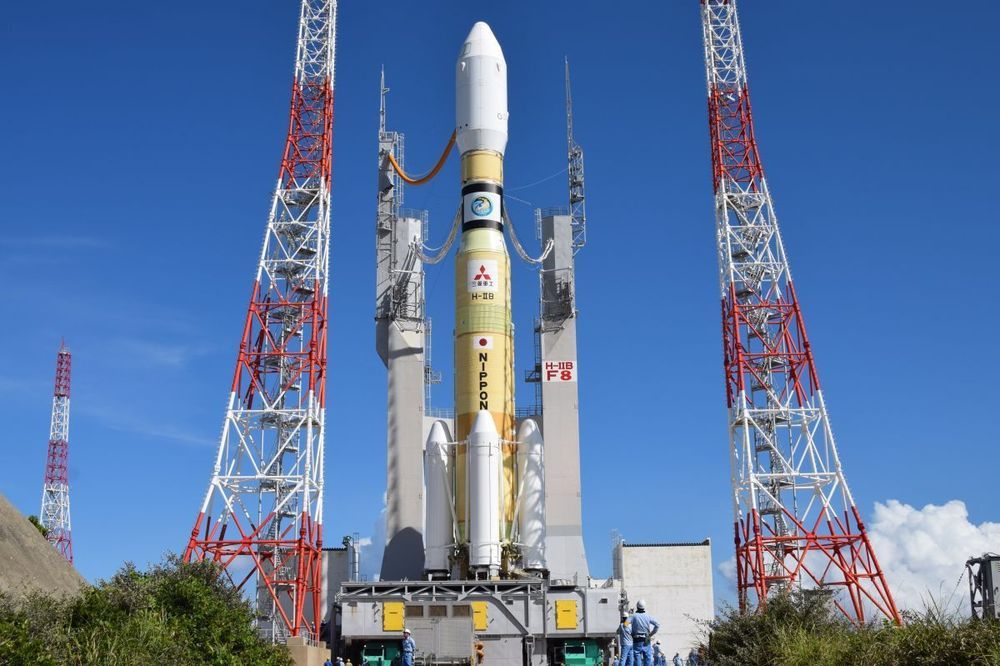
Update: JAXA and Mitsubishi Heavy Industries have postponed today’s launch of the HTV-8 cargo ship due to a fire near the mission’s H-IIB rocket’s launchpad.
https://www.youtube.com/watch?v=EqGcvxZRIzI
An unpiloted Japanese supply ship will launch to the International Space Station today (Sept. 10) and you can watch it leave Earth live courtesy of NASA and the Japan Aerospace Exploration Agency (JAXA).
The robotic spacecraft HTV-8 (also known as Kounotori8) will launch toward the space station from the Tanegashima Space Center in southern Japan at 5:33 p.m. EDT (2133 GMT). It will be 6:33 a.m. local time Wednesday at the launch site. You can watch the launch live here and on Space.com’s homepage via NASA TV at 5 p.m. EDT (2100 GMT). JAXA is offering its own webcast here beginning at 5:07 p.m. EDT (2107 GMT).
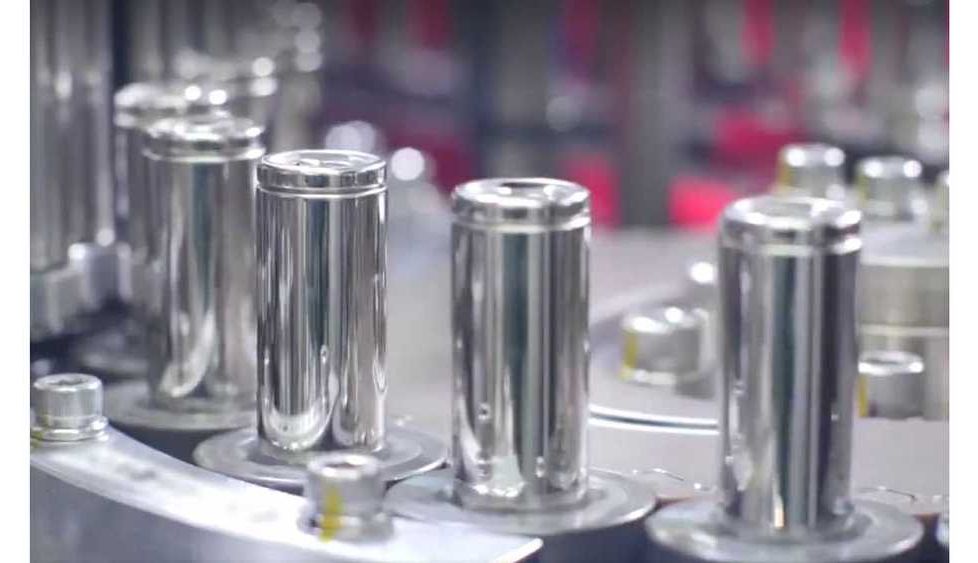
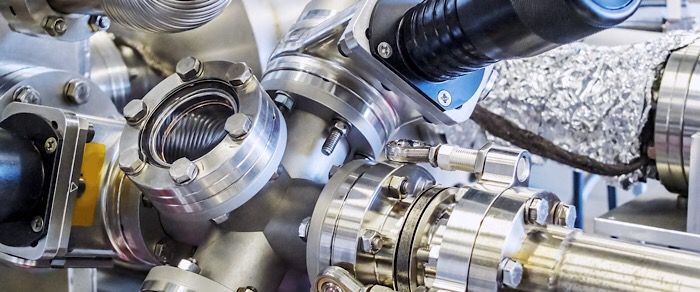
A startup that spun out of Cambridge University claims a battery breakthrough that can charge an electric car in just six minutes.
It’s something we heard before, but the difference here is that they claim that they can commercialize the new battery as soon as next year.
The startup, Echion Technologies, was founded by Dr. Jean De La Verpilliere while he was studying for his PhD in nanoscience at the University of Cambridge.

Optical microresonators convert laser light into ultrashort pulses travelling around the resonator’s circumference. These pulses, called “dissipative Kerr solitons,” can propagate in the microresonator maintaining their shape.
When solitons exit the microresonator, the output light takes the form of a pulse train—a series of repeating pulses with fixed intervals. In this case, the repetition rate of the pulses is determined by the microresonator size. Smaller sizes enable pulse trains with high repetition rates, reaching hundreds of gigahertz in frequency. These can be used to boost the performance of optical communication links or become a core technology for ultrafast LiDAR with sub-micron precision.
Exciting though it is, this technology suffers from what scientists call “light-bending losses”—loss of light caused by structural bends in its path. A well-known problem in fiber optics, light-bending loss also means that the size of microresonators cannot drop below a few tens of microns. This therefore limits the maximum repetition rates we can achieve for pulses.
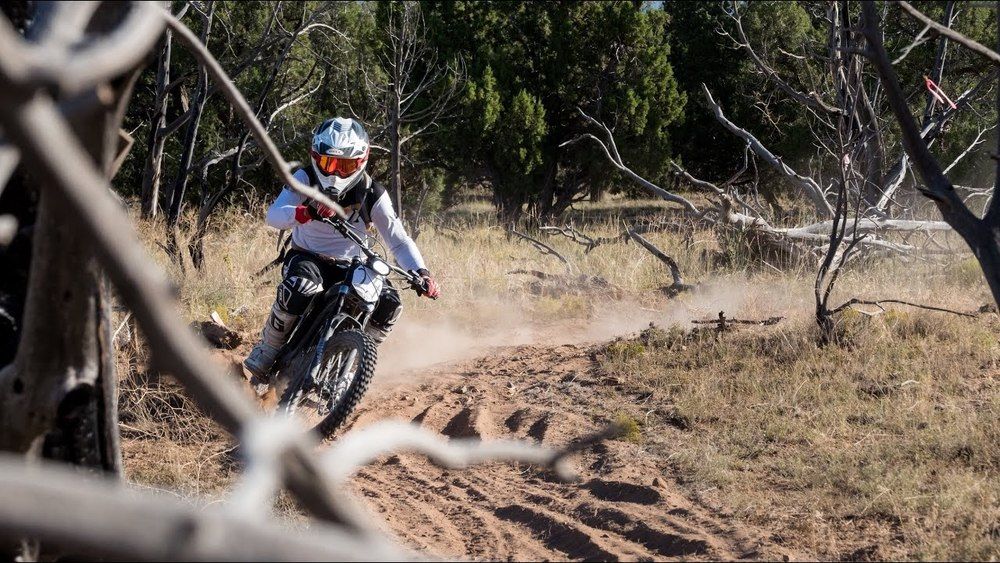
The Sur Ron electric motorcycle is one of the most exciting off-road electric motorcycles to hit the scene recently. The high performance yet low-cost electric motorcycle showed off its abilities by smoking a bunch of gas motorcycles to win 1st place in a recent race. Check out the epic video below!

Computer vision is one of the most popular applications of artificial intelligence. Image classification, object detection and object segmentation are some of the use cases of computer vision-based AI. These techniques are used in a variety of consumer and industrial scenarios. From face recognition-based user authentication to inventory tracking in warehouses to vehicle detection on roads, computer vision is becoming an integral part of next-generation applications.
Computer vision uses advanced neural networks and deep learning algorithms such as Convolutional Neural Networks (CNN), Single Shot Multibox Detector (SSD) and Generative Adversarial Networks (GAN). Applying these algorithms requires a thorough understanding of neural network architecture, advanced mathematics and image processing techniques. For an average ML developer, CNN remains to be a complex branch of AI.
Apart from the knowledge and understanding of algorithms, CNNs demand high end, expensive infrastructure for training the models, which is out of reach for most of the developers.
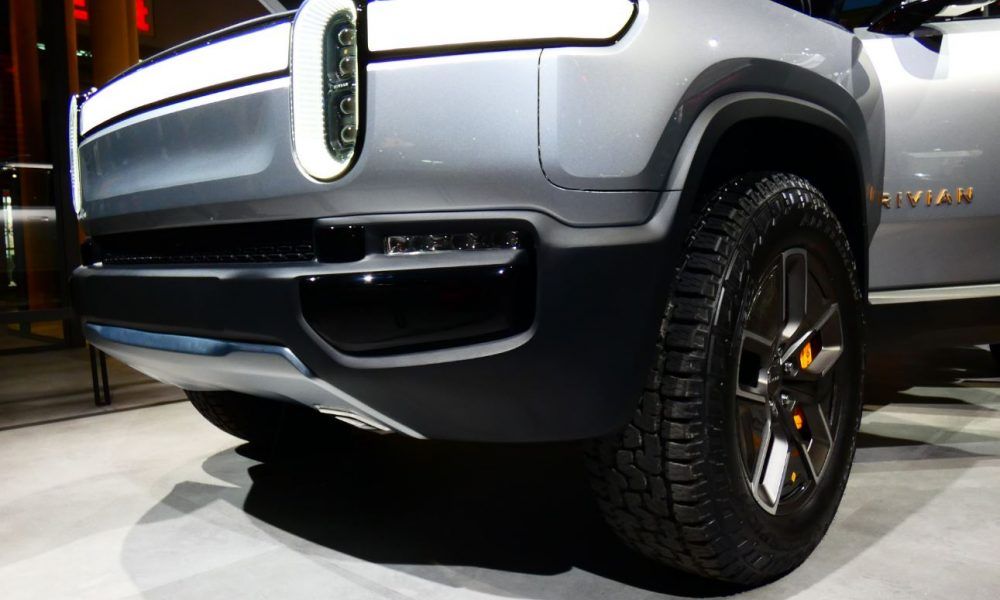
During Amazon’s all-hands meeting in March, CEO Jeff Bezos stated that he is fascinated by the emerging trends in the auto industry. Bezos noted that it was this fascination that ultimately played a part in Amazon’s hefty $700 million investment in electric truck startup Rivian Automotive back in February.
“If you think about the auto industry right now, there’s so many things going on with Uber-ization, electrification, the connected car — so it’s a fascinating industry. It’s going to be something very interesting to watch and participate in, and I’m very excited about that whole industry,” Bezos said.
Bezos’ optimism for emerging industries extends beyond the electric car market. Apart from Rivian, Amazon has also invested in self-driving startup Aurora, hinting that the CEO is also looking to capitalize on autonomous driving technology for the e-commerce giant’s operations in the future. If its investment in Aurora pans out, for example, Amazon would likely gain an optimized solution that would allow the company to deliver shipments to its customers using self-driving machines.